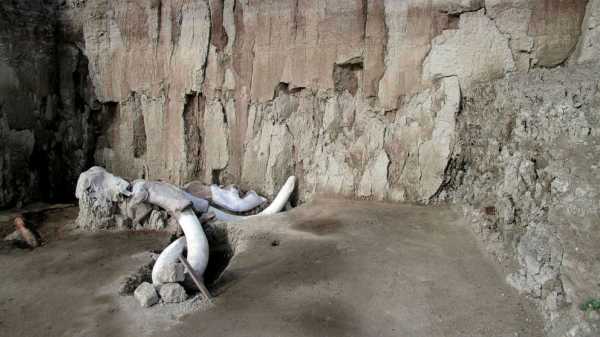
Anthropologists in Mexico say they’ve uncovered more than 800 bones from 14 mammoths, in two human-made traps north of Mexico City, which are thought to be 15,000 years old.
(MORE: Rare Mammoth Hybrid Unearthed by Michigan Farmer)
Interested in History?
Add History as an interest to stay up to date on the latest History news, video, and analysis from ABC News.
History
Add Interest
The pits — which are 6 feet deep and 25 yards in diameter — were discovered when the site was excavated to be used as a garbage dump, according to a statement from Mexico’s National Institute of Anthropology and History.
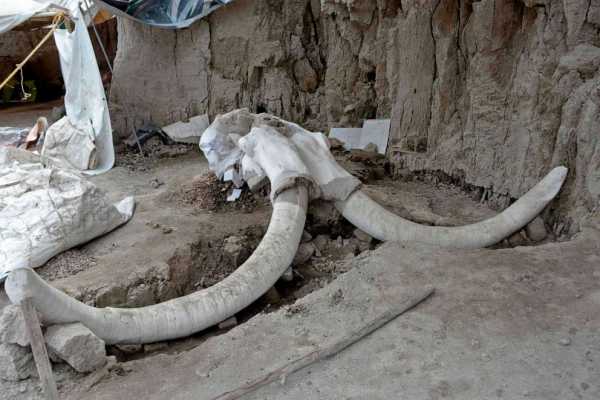
INAH via AFP/Getty Images
Mammoth bones found in what is believed to be the first mammoth trap set by humans, in Tultepec, Mexico, in a photo released by Mexico’s National Institute of Anthropology (INAH).
Researchers think that groups of 20 or 30 prehistoric hunters herded the mammoths with torches and branches, attempting to separate one animal from the group and lead it into a trap. A series of such traps in the area may have increased hunters’ mammoth-trapping success rate.
(MORE: Woolly Mammoth Discovered in Siberia)
This differs from anthropologists’ previous belief that early humans only killed mammoths that were already wounded or trapped.
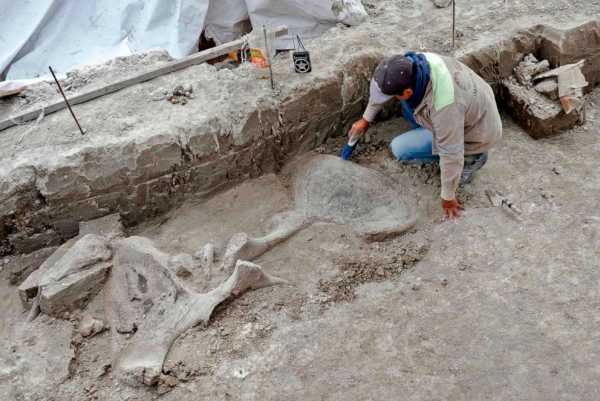
INAH via AFP/Getty Images
An expert works on mammoth bones found in what is believed to be the first mammoth trap set by humans, in Tultepec, Mexico, in a photo released by Mexico’s National Institute of Anthropology (INAH).
Other bones recovered in the pit include the vertebrae and jaw of a camel, as well as molars from a horse.
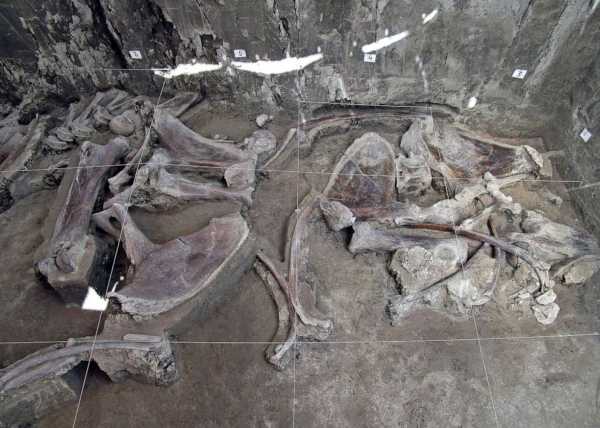
INAH via AFP/Getty Images
The bones of at least 14 mammoths bones were found in what is believed to be the first mammoth trap set by humans, in Tultepec, Mexico, in a photo released by Mexico’s National Institute of Anthropology (INAH).
The region is apparently a hotbed for archaeology. A similar incident occurred in the same city in 2015. In that case, workers digging to install drainage pipe uncovered mammoth remains.
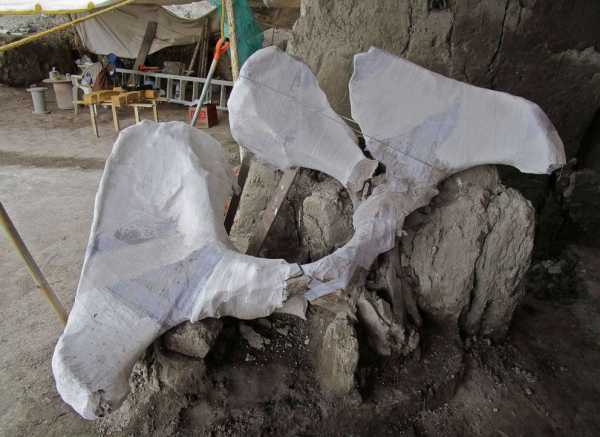
INAH via AFP/Getty Images
Mammoth bones found in what is believed to be the first mammoth trap set by humans, in Tultepec, Mexico, in a photo released by Mexico’s National Institute of Anthropology (INAH).
It’s unclear how the discovery would affect plans for the landfill.
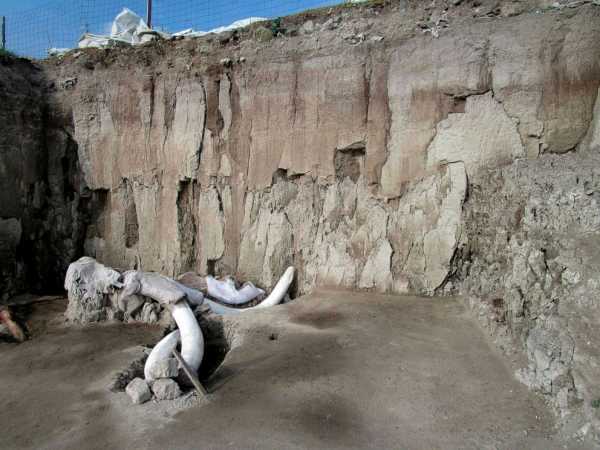
INAH via AFP/Getty Images
Mammoth bones found in what is believed to be the first mammoth trap set by humans, in Tultepec, Mexico, in a photo released by Mexico’s National Institute of Anthropology (INAH).
Sourse: abcnews.go.com






